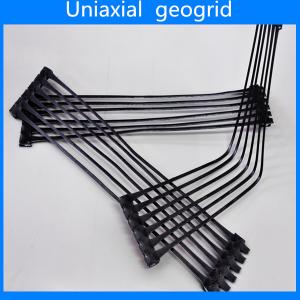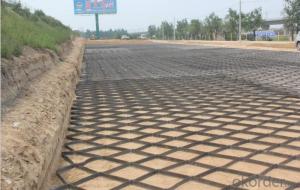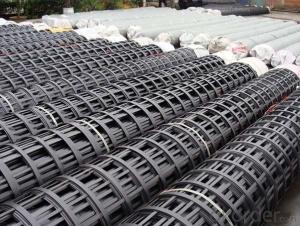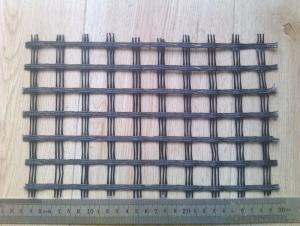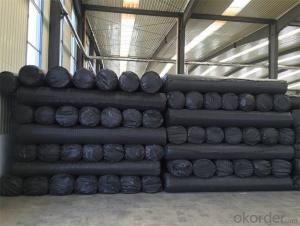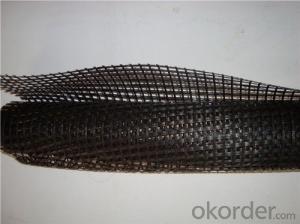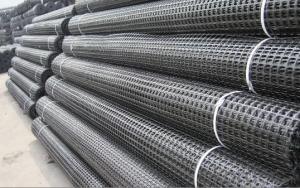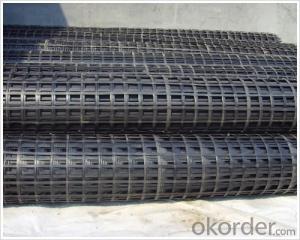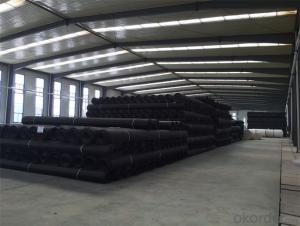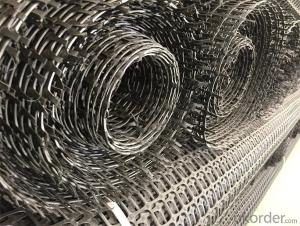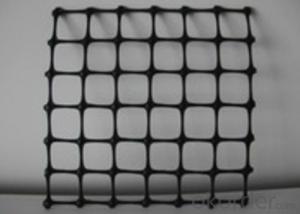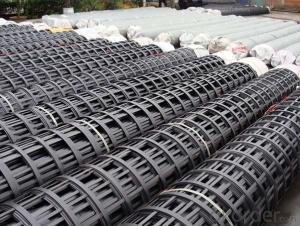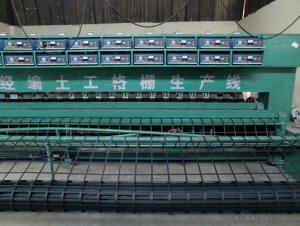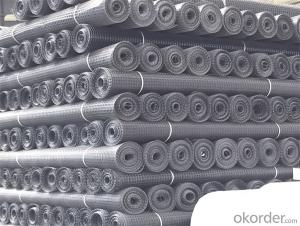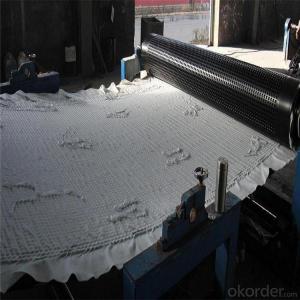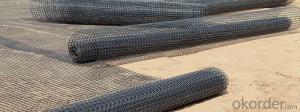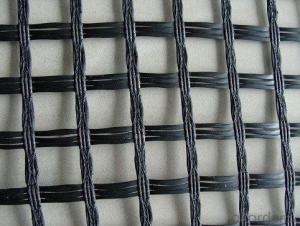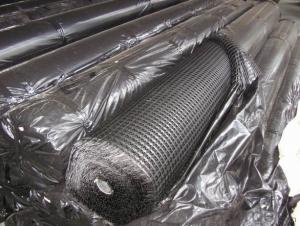Triaxial Geogrid Tensar
Triaxial Geogrid Tensar Related Searches
Tensar Triaxial Geogrid Tensar Biaxial Geogrid Tensar Uniaxial Geogrid Tensar Triax Geogrid Triaxial Geogrid Tensar Structural Geogrid Geogrid Tensar Tensar Interax Geogrid Tensar Triax Tx130s Geogrid Tensar Triax Tx140 Geogrid Tensar Bx1100 Biaxial Geogrid Tensar Geogrid Reinforcement Tensar Bx1200 Biaxial Geogrid Tensar Triax Tx170 Geogrid Tensar Triax Tx7 Geogrid Tensar Triax Tx 140 Geogrid Tensar Triax Tx5 Geogrid Multiaxial Geogrid Tensar Ux Geogrid Tensar Geogrid Calculator Tensar Geogrid Specifications Geogrid Uniaxial Tensar Biaxial Geogrid Bx1200 Tensar Triax 160 Geogrid Uniaxial Geogrid Tensar Triax Tx160 Geogrid Tx160 Triaxial Geogrid Tensar Triax Geogrid Cost Tenax Geogrid Tensar Geogrid InstallationTriaxial Geogrid Tensar Supplier & Manufacturer from China
Triaxial Geogrid Tensar is a high-performance geosynthetic product designed to enhance soil stability and reinforcement in various civil engineering applications. This innovative material is manufactured using advanced technology to provide exceptional strength and durability, making it an ideal choice for projects that require soil reinforcement, erosion control, and load distribution. The unique structure of Triaxial Geogrid Tensar allows it to effectively interact with the surrounding soil, creating a strong and stable foundation for various construction projects.Triaxial Geogrid Tensar finds its application in a wide range of scenarios, including road construction, railway embankments, slope stabilization, and retaining walls. Its versatility and effectiveness in enhancing soil performance make it a popular choice among engineers and contractors. By using Triaxial Geogrid Tensar, construction projects can achieve greater stability, reduced maintenance costs, and extended service life, all while minimizing environmental impact.
Okorder.com is a leading wholesale supplier of Triaxial Geogrid Tensar, offering a comprehensive inventory of this high-quality geosynthetic material. With a commitment to providing top-notch products and exceptional customer service, Okorder.com ensures that clients have access to the best Triaxial Geogrid Tensar solutions for their specific needs. By partnering with Okorder.com, customers can benefit from competitive pricing, prompt delivery, and reliable support throughout their construction projects.
Hot Products
